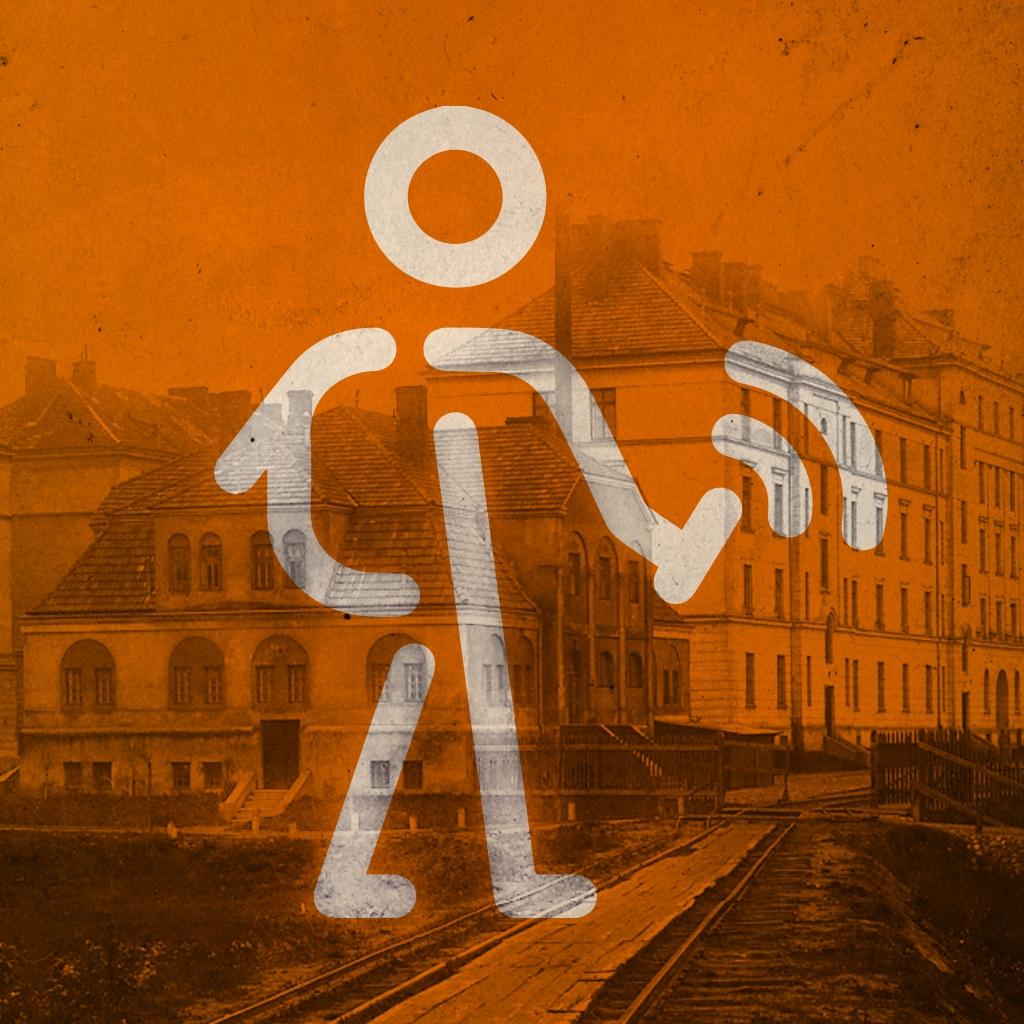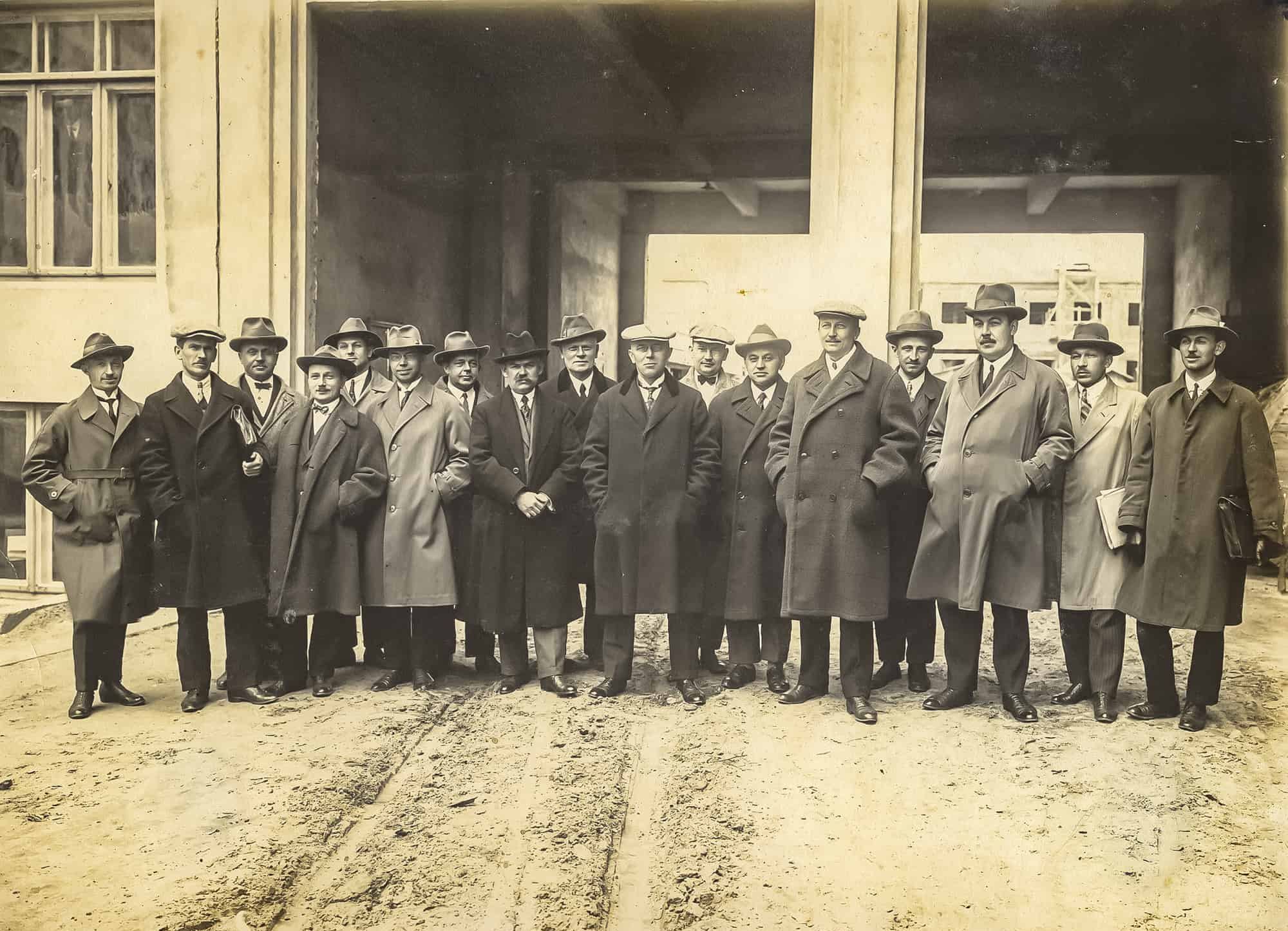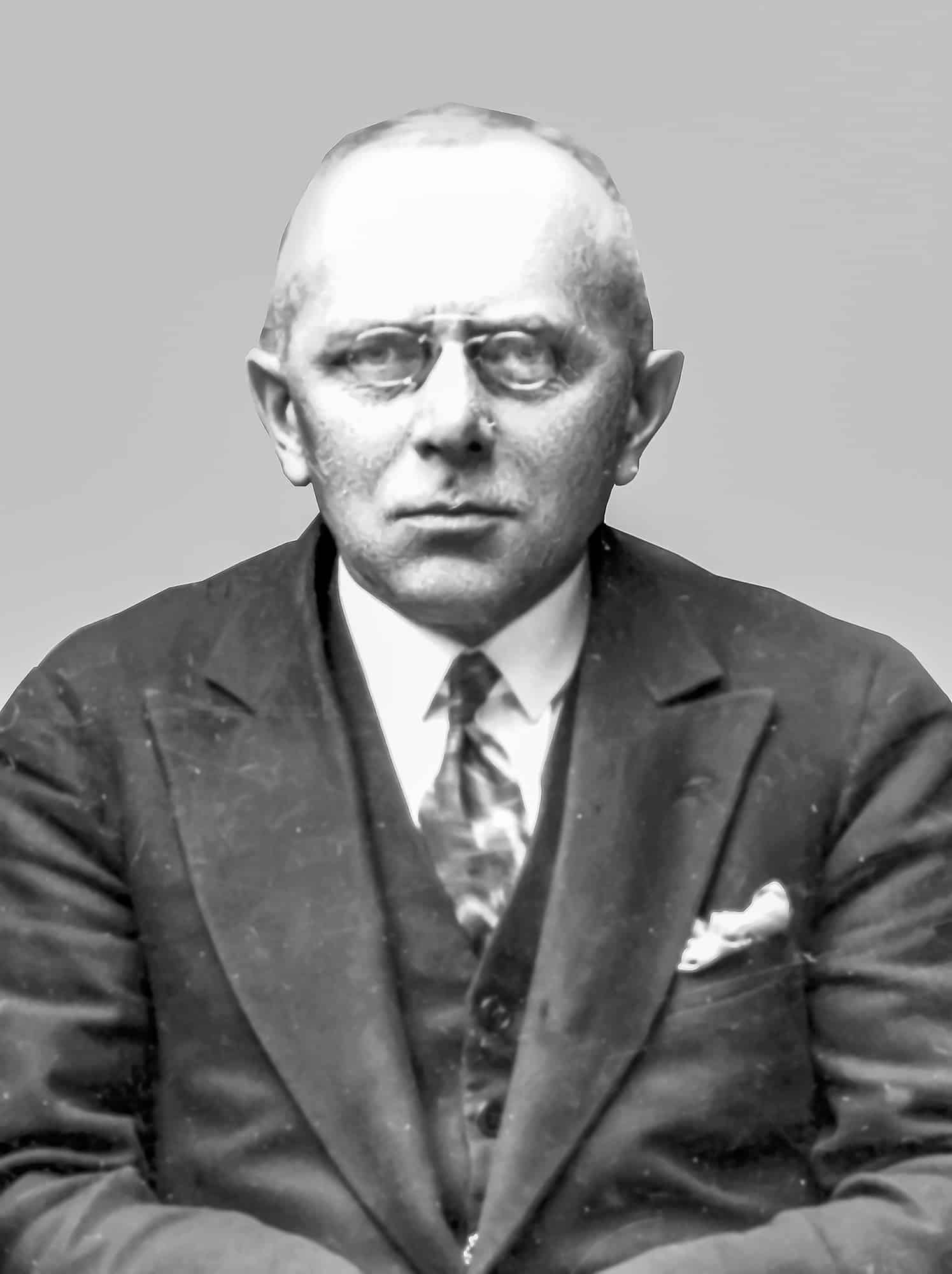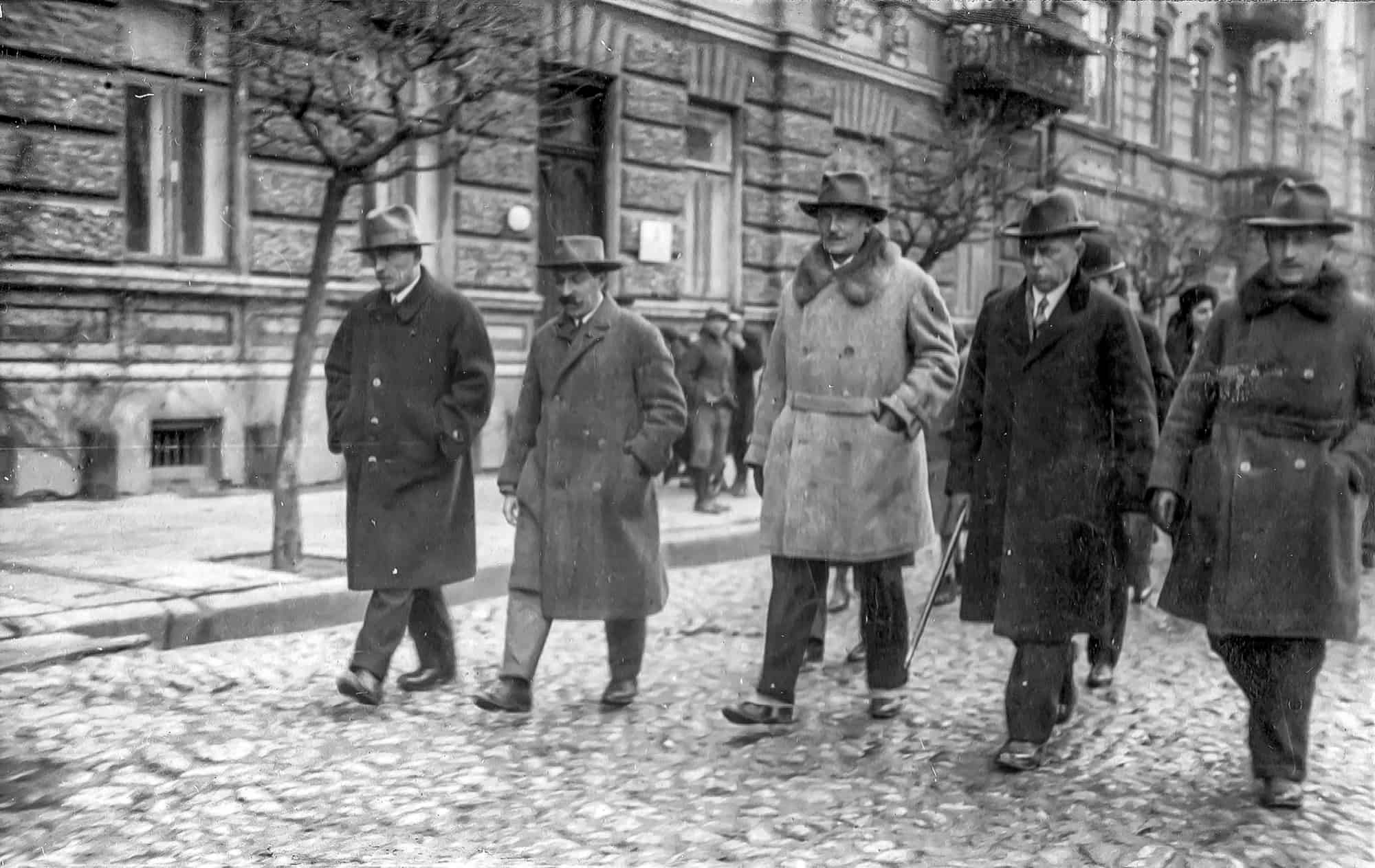FIRST DIRECTORS OF THE FB RADOM

Listen to the audio guide
Andrzej Dowkontt, engineer, a native of St. Petersburg with extensive experience in the organisation of industrial plants in the Russian empire, became the construction manager and the first director of the factory. He participated in its creation from the design stage, through construction, completion of machinery, to the launch of a full production line of Mauser rifles model 98. It was he, together with his deputy Lieutenant Colonel Stanislaw Siczek, who laid the foundations for the modern plant and the housing estate developing around it. He left his post in 1927, taking up the position of deputy director for technical matters at the State Armament Factory in Warsaw.
After the outbreak of war in 1939, he was employed at the Warsaw Rifle Factory, which had been taken over by Steyer. He took a position there as a technical advisor, but was soon arrested by the Germans for passive resistance and for speaking out in defence of the workers. He was imprisoned and tortured at the Pawiak prison. In 1942, thanks to the efforts, connections and financial support of his entire family, he was bought out and released from custody. After the war, he worked in the Central Board of the Armaments Industry as an advisor, and from 1946 in the Association of the Textile Machine Building Industry in Łódź. He died on 31 January 1948 on a train between Łódź and Warsaw near the Rogów railroad station. He was buried at Powązki Cemetery.
Andrzej Dowkontt was replaced by Kazimierz Ołdakowski, engineer – a highly qualified specialist with extensive professional experience. Before he came to Radom, he worked in the Ministry of Industry and Trade and in the Central Board of Military Manufactures and the State Rifle Factory in Warsaw. In 1922, he became technical director of the emerging State Weapons Factory in Radom, and from 1927 until the outbreak of World War II, he worked as General Manager of the State Weapons Factory in Radom. Engineer Kazimierz Ołdakowski is widely regarded as the “father” of the Radom factory’s success. At the time when he managed the plant, the factory was expanded and employed a record number of about 3,000 workers. Engineer Kazimierz Ołdakowski, as a director of a factory producing weapons, had to meet the growing needs of the army in the face of the increasing threat of war, especially in the late thirties. It was then that the factory began producing modern and excellent, for those times, models of weapons, i.e. Mauser rifle model 29, or pistol model 35 Vis.
Director Kazimierz Ołdakowski was widely respected among his colleagues for his high professional qualifications and organisational skills. The years 1927-1939, when he managed the plant, were the time of prosperity of the Weapons Factory. Then the brand “FB Radom” became a symbol of the highest quality products, the pride of the city. Engineer Kazimierz Ołdakowski gained respect and recognition among the staff and inhabitants of Radom also for his involvement in the life of the plant community and his contribution to the development of the city. He took exceptional care to ensure the comfort of his employees and proper living conditions. He created a system of social care for employees and their families, rarely seen in Poland at that time. At the time when he managed the plant, in the vicinity of the factory (today’s Planty district) the construction of a company housing estate was completed, a kindergarten, a green garden for children, a bath house, a community centre, a cinema, a sports stadium, and a company clinic and hospital were opened. As the director of a large plant, engineer Ołdakowski sought to socialise employees by involving them in the activities of various organisations. Every employee was a member of the company’s Polish Red Cross group, and the director himself was its president. There following groups were also active at the plant: The Air and Gas Defence League, the Maritime and Colonial League, and the Cultural and Educational Group of the Weapons Factory Workers. The director was a great lover of nature, which he proved by creating a park in the vicinity of the plant, for which he himself selected trees and bushes. Since 1929 he also served as the president of the Radom branch of the Polish Sightseeing Society. This extremely active and versatile activity of the director of the Weapons Factory was interrupted by the outbreak of war in 1939. Since the beginning of the German occupation, engineer K. Ołdakowski hid in Warsaw. Wanted by the Gestapo, living in constant danger and stress, he committed suicide on April 30, 1940.





